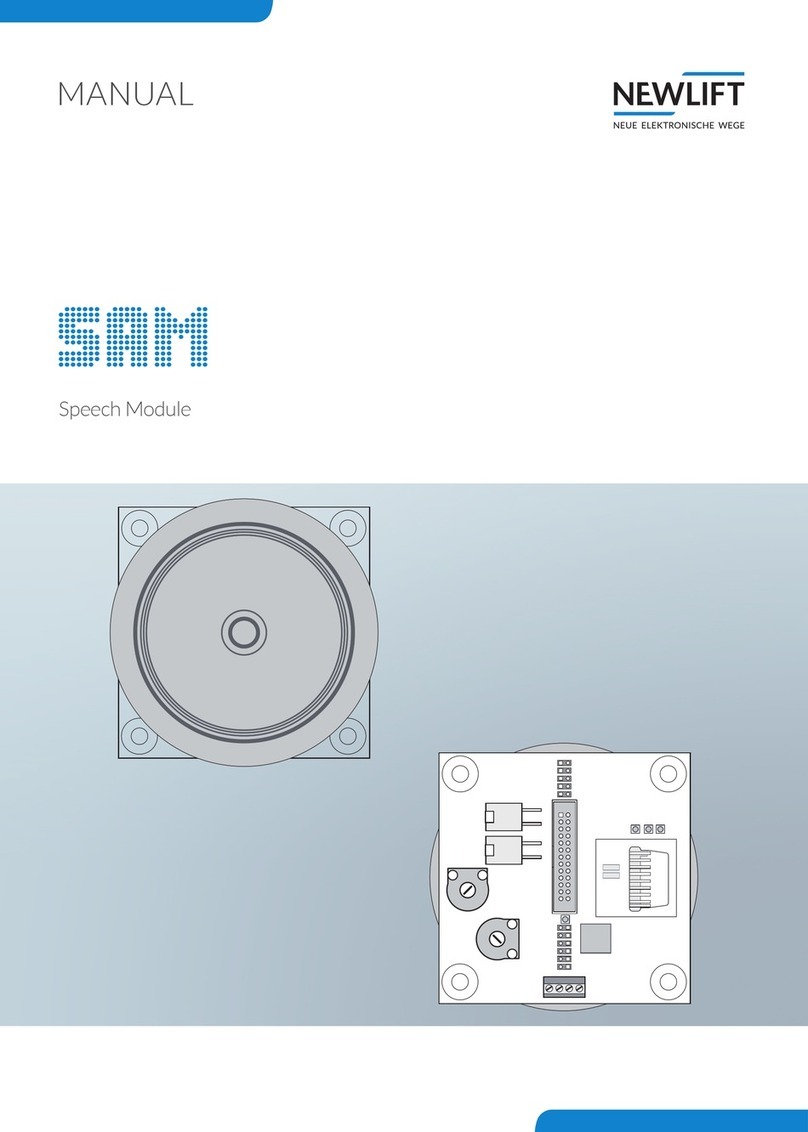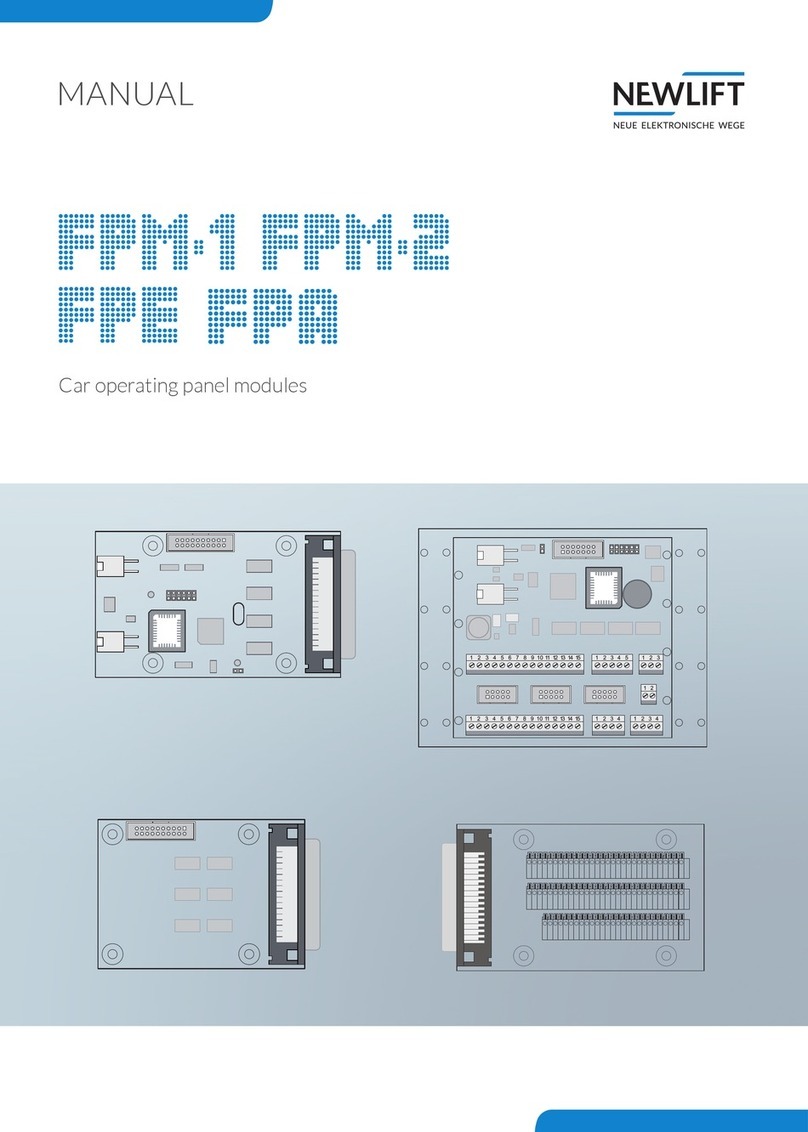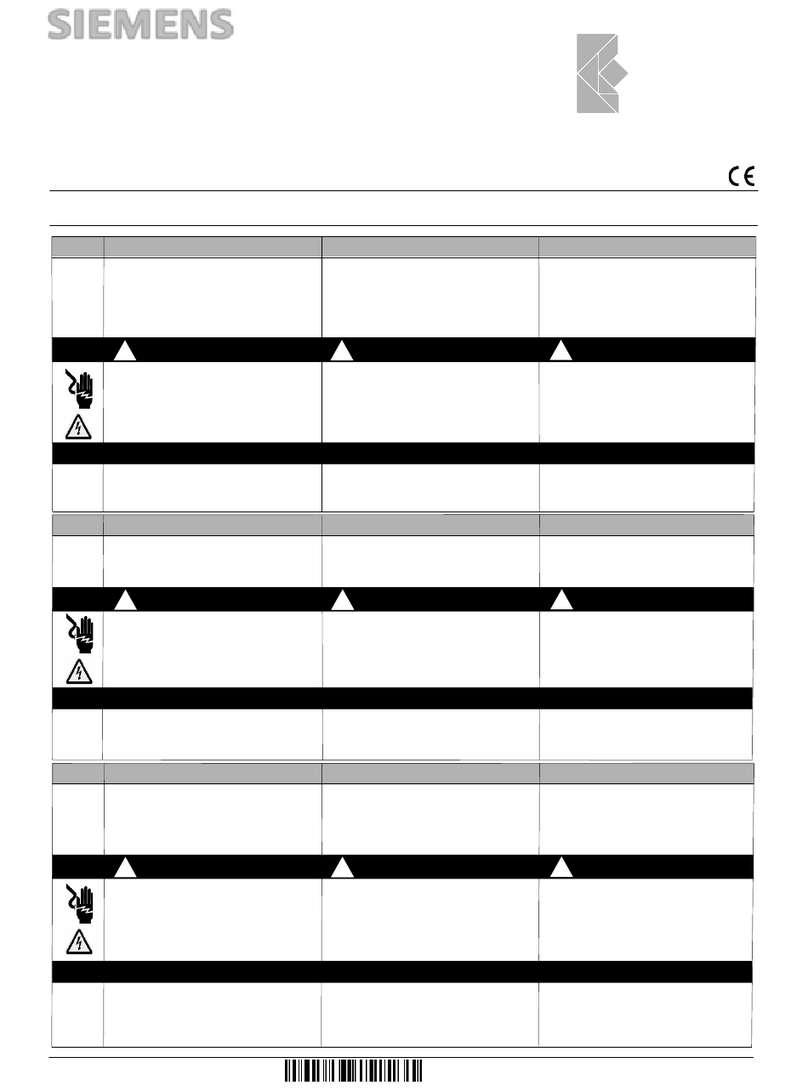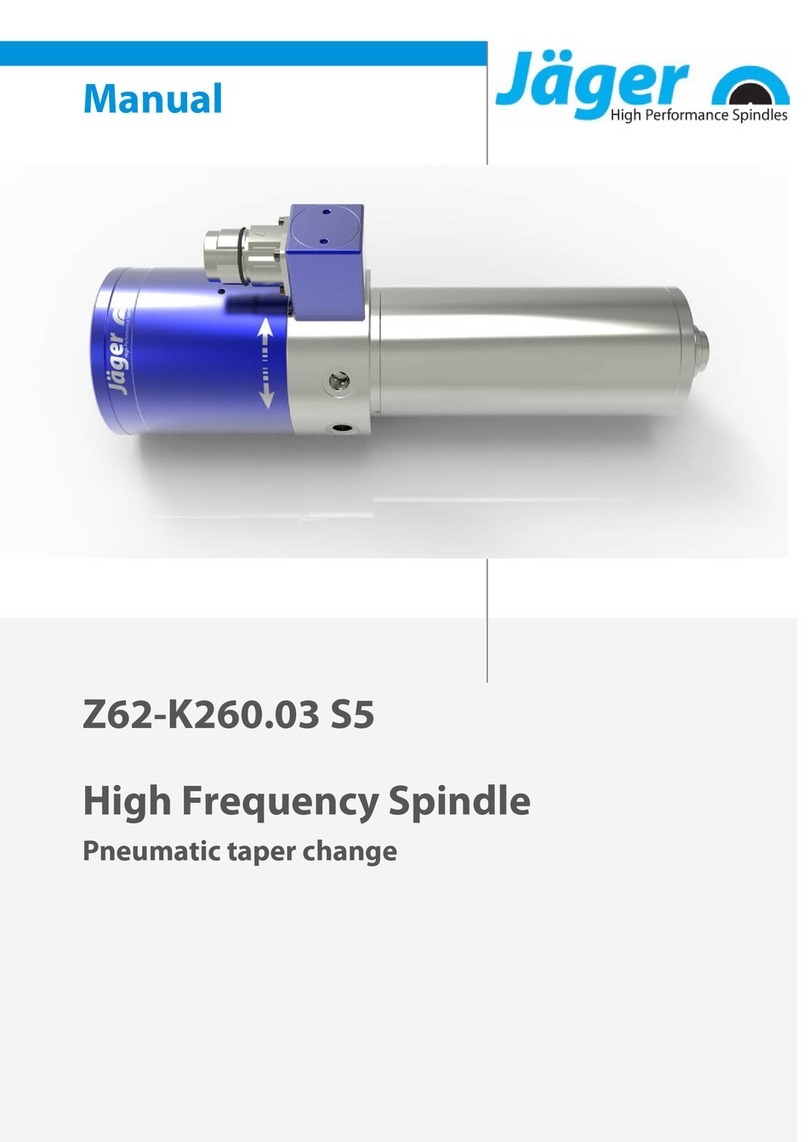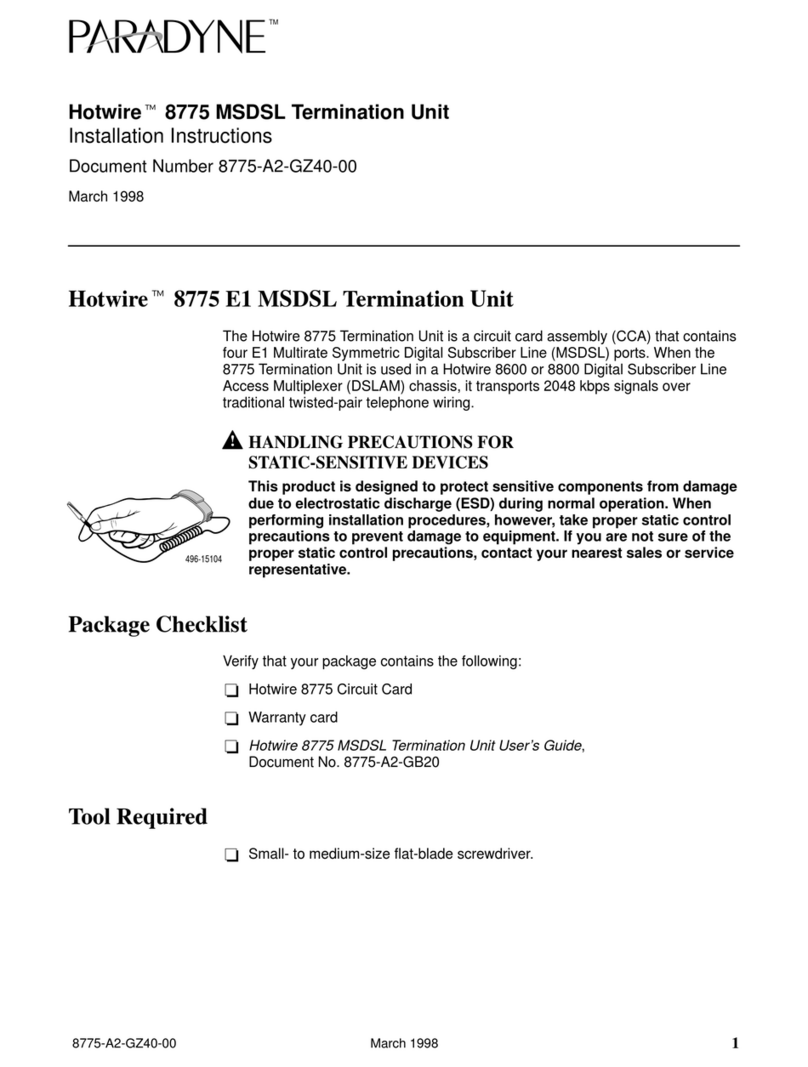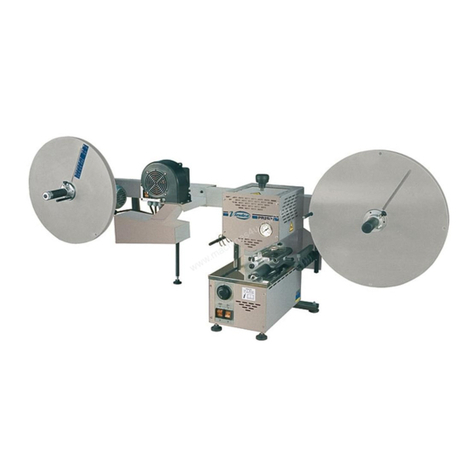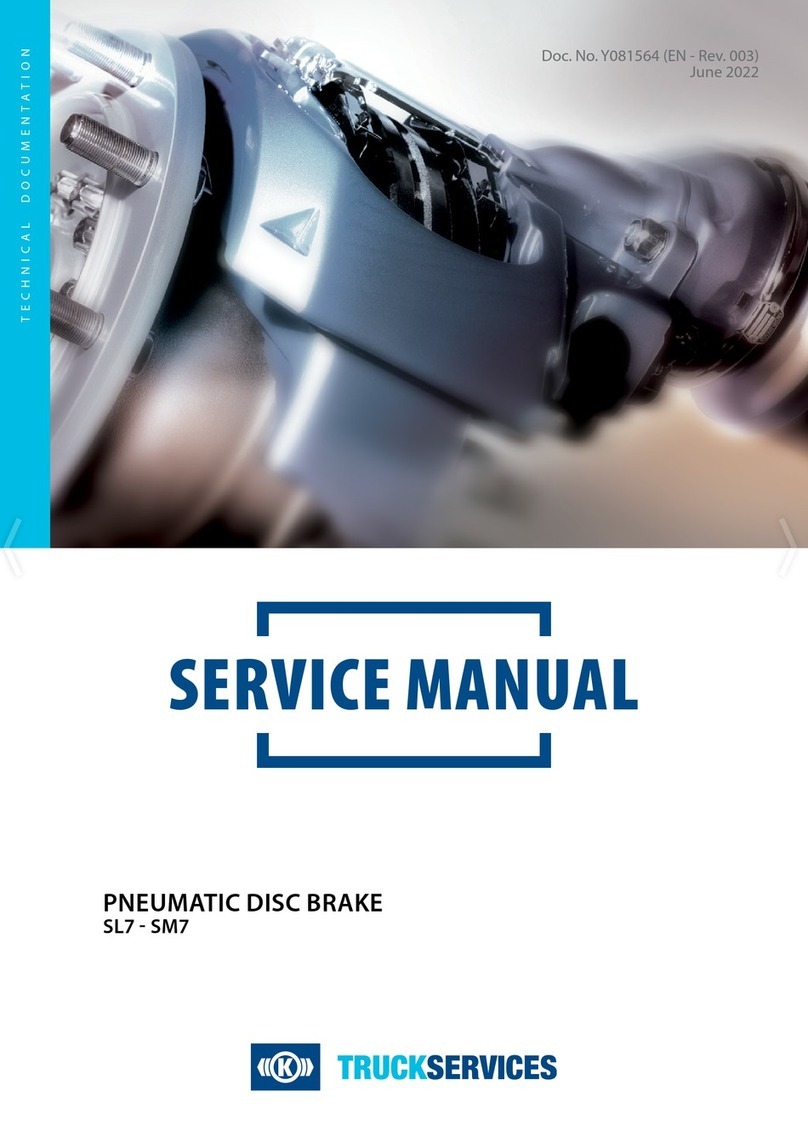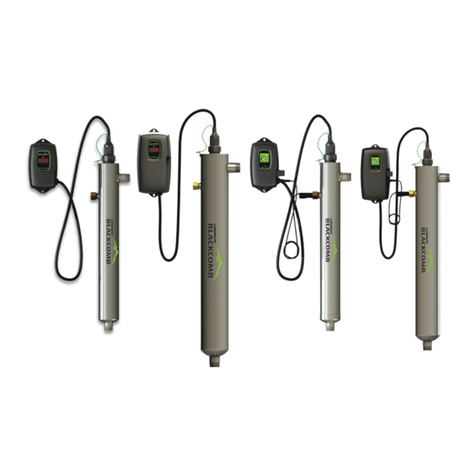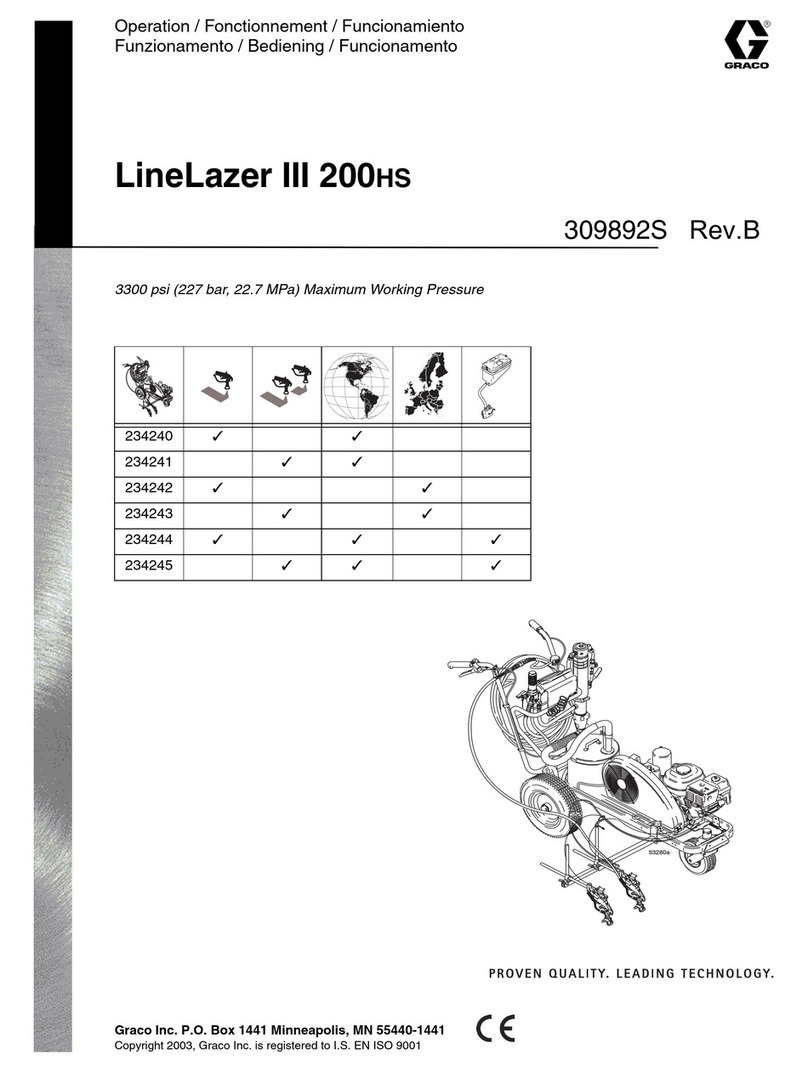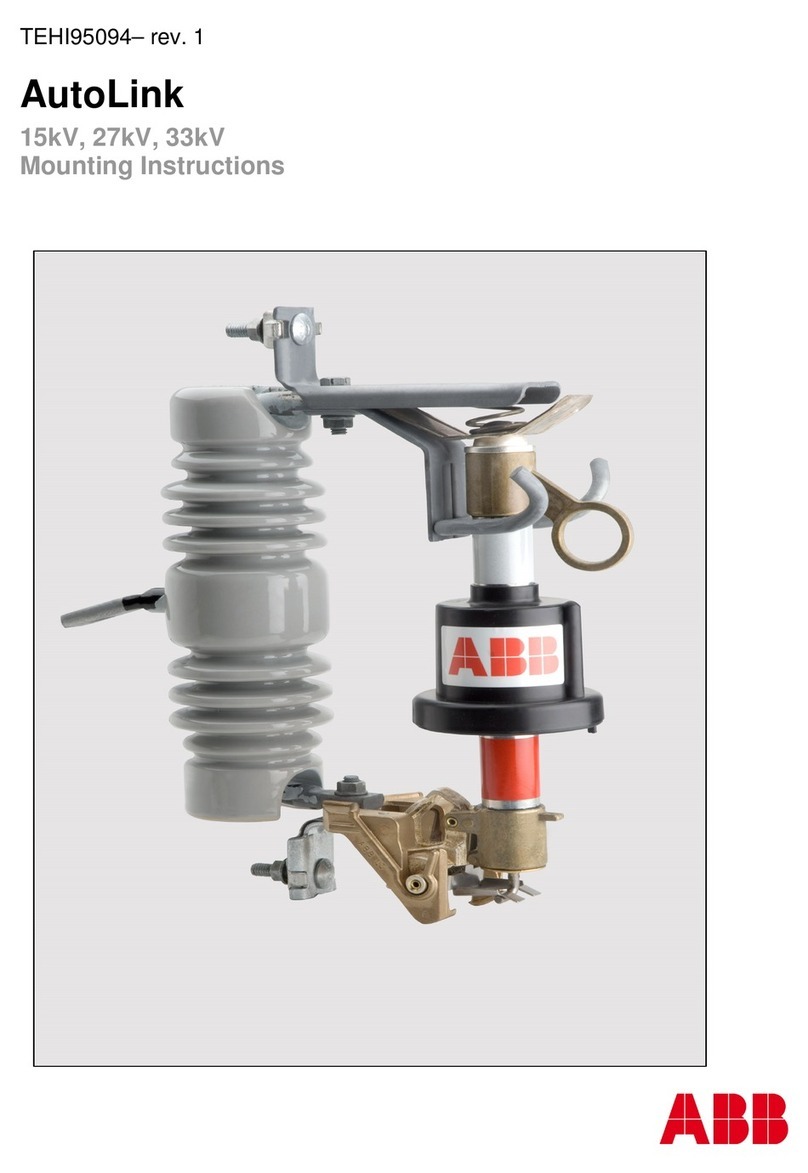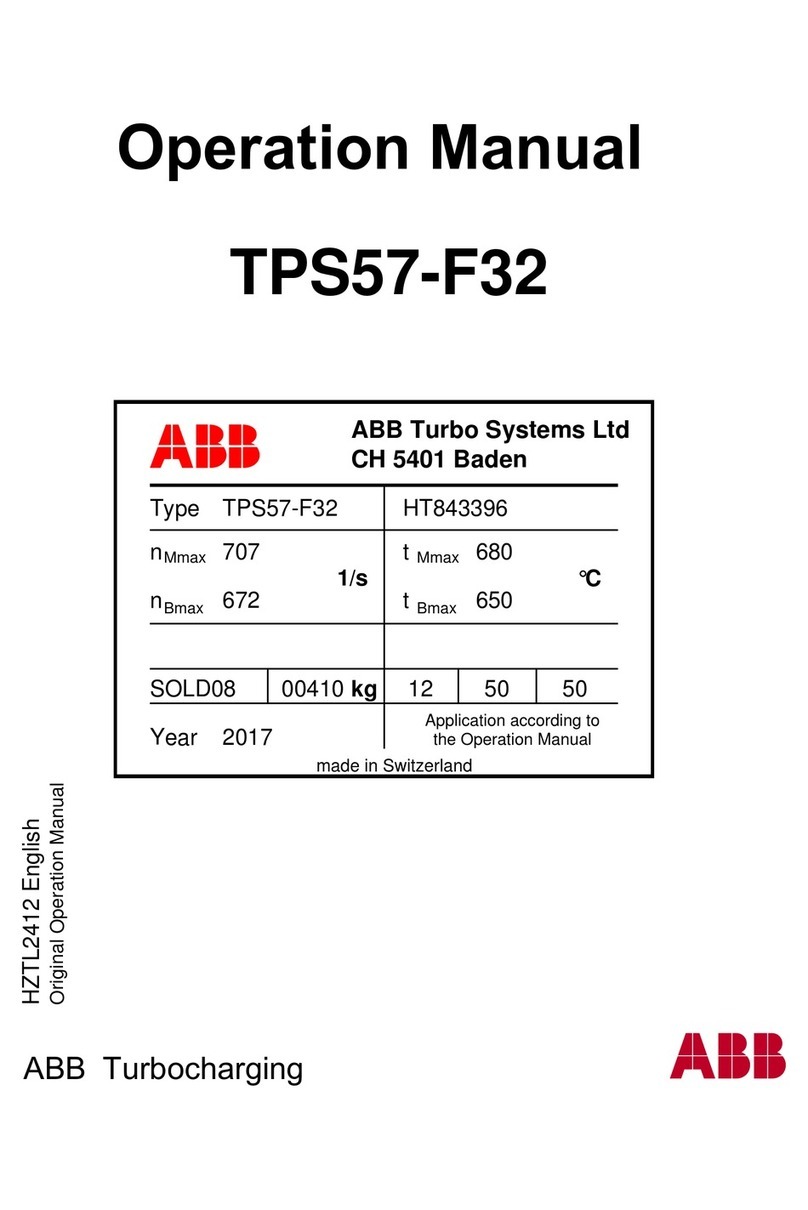New lift CBM User manual

Contactorless Brake Module
Manual

______________________________________________________________________
2 Handbuch CBM
Manufacturer
NEW LIFT Service Center GmbH
Ruwerstraße 16
54427 Kell am See
Tel: +49 6589 –919 540
Fax: +49 6589 –919 540 300
Mail: info@newlift-sc.de
www.newlift.de
Service line
Tel: +49 6589 –919 540
Mail: service@newlift-sc.de
First edition
30.10.2018
Author
JW
Last change
23.11.2018
Release
Hardware version
EF336.9, EF337.5, EF341.1
Software version
V1.7.0.0
Doc. No.
hb_cbm_2018-10_en_v1.2
Copyright
© NEW LIFT Service Center GmbH, 2018.
This manual is protected by copyright. All rights, including those of copying, of
reproduction, of translation and of modification, in whole or in part, are reserved by the
publisher.
No part of this description may be reproduced in any form or copied with an electronic
replication system without written permission.
Although great care has been taken in the production of texts and figures, we cannot be
held legally liable for possible mistakes and their consequences.

_________________________________________________________________
Handbuch CBM 3
Content
1. About this manual.............................................................................................................................................5
1.1 General.............................................................................................................................................................5
1.2 Abbreviations, characters and symbols used...................................................................................................5
1.3 Further information...........................................................................................................................................5
1.4 How to contact us.............................................................................................................................................5
2. General safety regulations................................................................................................................................6
2.1 Qualifications of the installing engineer............................................................................................................6
2.2 Residual dangers .............................................................................................................................................7
2.3 Safety regulations.............................................................................................................................................8
3. Terminals........................................................................................................................................................10
3.1 Pinout.............................................................................................................................................................11
4. I/O-Modus.......................................................................................................................................................12
4.1 Configuration with dip switches......................................................................................................................12
4.2 Brake coils with different voltages ..................................................................................................................13
4.3 Explanation of inputs......................................................................................................................................14
4.3.1 DRIVE-Signal.........................................................................................................................................14
4.3.2 BRAKE-Signal .......................................................................................................................................14
4.3.3 EVAK-Signal..........................................................................................................................................14
4.3.4 Test-Signal.............................................................................................................................................14
4.4 Explanation of Outputs...................................................................................................................................14
4.4.1 OK-Signal ..............................................................................................................................................14
4.4.2 Open-Signal...........................................................................................................................................14
4.4.3 Test-Signal.............................................................................................................................................14
4.5 Sequence of the control..................................................................................................................................15
4.5.1 Normal ride............................................................................................................................................15
4.5.2 Emergency stop.....................................................................................................................................15
4.5.3 Brake test ..............................................................................................................................................15
4.5.4 Evacuation.............................................................................................................................................15
5. CANopen-Mode..............................................................................................................................................16
6. LEDs...............................................................................................................................................................17
6.1 Voltage setting................................................................................................................................................17
6.2 Status-LEDs...................................................................................................................................................18
6.2.1 Status Monitoring...................................................................................................................................18
6.2.2 Status Controlling ..................................................................................................................................18
7. Technical data................................................................................................................................................20

______________________________________________________________________
4 Handbuch CBM
Version History:
Version
Date
Remarks
1.0
31.10.2018
First version
1.1
06.11.2018
09.11.2018
5 Changed CANopen chapter
6.2.1 Error list extended by monitor CPU
1.2
23.11.2018
4.1 times for evacuation changed
4.3 Explanation of Inputs revised
4.4 Explanation of Outputs revised
4.5 Sequence of the control revised
4.6 EEPROM inserted

_________________________________________________________________
Handbuch CBM 5
1. About this manual
1.1 General
The CBM Handbook is a comprehensive reference work for the experienced elevator expert.
Objectives of this manual:
➢Describe the technical data of the CBM
➢Describe the operation of the CBM
➢Describe the configuration of the CBM
➢Describe the messages of the CBM
The CBM is a module that can control brake coils of all voltages (40-200VDC) and currents (up to 4A) up to a power
of 240VA without protection. It is type-tested according to DIN EN81-20. In addition, it can perform brake test and
evacuation (for machine roomless systems). In addition, other functions are available, such as the connection of a
motor PTC or brake monitoring. The function of the brake circuits is monitored by a continuous current measurement.
1.2 Abbreviations, characters and symbols used
CBM
Contactorless Brake Module for elevators
DRIVE
Driving signal from the end of the safety chain
BRAKE
Brake signal to open the brake
EVAK
Evacuation signal for evacuation in the event of a fault in the system
TEST
Test signals for brake test
CANopen
CAN interface with CANopen protocol according to CiA Standard Draft 301
1.3 Further information
For integration with FST see the manual of the FST.
1.4 How to contact us
If, after referring to this manual, you still require assistance, our service line is there for you:
Tel: +49 6589 919 540
Mail: [email protected]
Mon-Thurs: 8:00 a.m. –12:00 p.m. and 1:00 p.m. –5:00 p.m.
Fr: 8:00 a.m. –3:00 p.m.

______________________________________________________________________
6 Handbuch CBM
2. General safety regulations
All important safety regulations are summarized in this chapter. These safety instructions must always be adhered to
during all work on the installation.
All persons performing installation and commissioning work on the FST controller must read this chapter and follow
its regulations.
Laws, regulations, guidelines and standards that apply in the country of operation must be followed in addition to the
safety regulations mentioned in this manual.
2.1 Qualifications of the installing engineer
The installing engineer must:
➢be over 18 years of age (exception: apprentices who are over 16 years of age and are permanently
supervised by an engineer qualified for training apprentices).
➢have first aid training,
➢have theoretical and practical knowledge of regulations and measures for the prevention of fre and
explosions in his work area,
➢be able to identify, avoid and rectify all dangers that might occur during his work in the shaft and in the
operating rooms,
➢be able to identify and rectify all irregularities and faults that might occur during installation and operation of
a lift systems,
➢have theoretical and practical knowledge of operating principles and requirements of electric controls and
drive systems.
All installation and commissioning work on electric and electronic components of the FST controller must be
performed by or supervised by a qualified electrician.
A qualified electrician has appropriate training and knowledge of regulations that allow him to judge the quality
of the work performed and identify possible dangers (DGUV instruction 3).

_________________________________________________________________
Handbuch CBM 7
2.2 Residual dangers
Danger for persons
The following shall always apply during all work on the installation:
Danger to life! Do not touch live parts while working on electrical equipment.
➢Before starting work, make sure the system is off circuit.
➢Only carry out any installation work on electrical components when these are switched off and in an
unpowered state.
➢Only use insulated tools when working on electrical system components.
Risk of injury when lifting or moving the control cabinet if it falls down or tips over.
➢Only transport and lift the control cabinet with suitable equipment (lift truck, hoisting gear etc.).
➢All workers must be trained in using these aids and must observe all applicable special regulations to avoid
accidents.
Falling parts or parts protruding into the shaft. Risk of serious injury or death.
➢Block the shaft access points.
➢Before beginning installation work, remove all foreign parts and assembly aids that are not required from the
shaft.
Electrical hazard, leaking gas or water due to pierced supply lines. Risk of serious injury or death.
➢Make sure no supply lines are in the installation location before starting any installation work.
Danger of falling! Installing engineers and unauthorized persons can fall down the shaft. Risk of serious injury or
death.
➢Block the shaft access points.
➢Use suitable protection (e.g. safety harnesses, scaffoldings) when working on or in the shaft.
Danger of crushing due to intentional or accidental car movement. Risk of serious injury or death.
➢Block the shaft access points.

______________________________________________________________________
8 Handbuch CBM
➢Before starting any work, make sure that there are no persons in the shaft or in the vicinity of moving parts
of the drive.
➢Prevent unauthorized operation of the controller.
Risk of material damage
The following shall always apply during all work on the installation:
Electrostatic charging
➢Keep the electronic assembly in its original packaging until installation.
➢Before opening the original packaging, a static discharge must be performed. To do this, touch a grounded
piece of metal.
➢During work on electronic assemblies, periodically perform this discharge procedure.
Electronic assemblies are destroyed by defective, interchanged or incorrectly mounted connectors, short-circuiting or
excess voltage.
➢Check plugs for mechanical damage.
➢Never change pre-assembled connectors or cables.
➢Only connect loose or torn off wires according to circuit diagram details if this is possible on site (suitable
material and tools must be available.
➢Pay attention to coding pins and latch lugs.
2.3 Safety regulations
General
➢The instructions of the lift manufacturer and the instructions in this manual must be followed during
installation and commissioning of the lift system.
➢The shaft must be secured against unauthorized trespassing during installation and commissioning.
➢Assemblies, devices and cables must be installed and fastened securely and permanently.
➢Loads must be moved with suitable aids (lift trucks, hoisting gear etc.).
➢Sharp and pointed tools or other potentially dangerous objects may only be carried along in clothing if
suitable protective measures have been taken to rule out any danger.
➢Alcohol and drugs must not be consumed before and during installation and commissioning.
Documentation
➢A copy of the installation and commissioning manual must be available to the installing engineer at the time
of installing and commissioning the FST controller and its components.
➢A copy of the installation and commissioning manual and the wiring diagrams must be kept in the control
cabinet at all times after.
➢The wiring diagrams supplied with the FST controller are binding. Changes must only be made after
consulting NEW LIFT and must be documented in writing on the system.
➢The factory test logs of the FST controller remain with NEW LIFT.
Electricity
➢Regulations for installing and operating electrical equipment (VDE 0100) and regulations of local utilities
must be followed.
➢The specified distances between different electrical assemblies must be controlled and maintained.
➢All installation work must be carried out with the system shut down and off circuit.
➢All cables and wires must be installed with sufficient strain relief.
➢The neutral and ground wires must be routed separately.
➢The control cabinet must be supplied with a clockwise rotary field.
Working in the shaft

_________________________________________________________________
Handbuch CBM 9
➢Any work in the shaft requires perfect and permanent communication between the supervisor on the FST
controller in the motor room and the workers in the shaft.
➢Components in the shaft must be arranged or secured in such a way that persons accessing the shaft for
inspection, maintenance or repair purposes are not in danger.
➢The maximum load of the lift system must not be exceeded.
➢The specified overruns of the emergency end switches in relation to the speed must be observed.
➢The emergency installations must not be activated during normal operation.
➢All emergency installations and braking systems must be checked for trouble-free operation and all shaft
entrances closed off before beginning work.
➢Installation and operation are prohibited if other persons could be in danger.
➢Workers must be secured against falling.
➢In case of any work interruptions, the car must be moved to the lowest stop position, the control system
switched off and the power supply (e.g. UPS) permanently disconnected.
Personal safety equipment of the installing engineer
➢Eye protection
➢Safety boots
➢Protective helmet
➢Safety harness
➢Clothing suitable to the ambient conditions of the installation location
➢Jeweler, watches and similar items may not be worn; a hair net must be used if applicable.
Handling electronic assemblies
➢Leave electronic assemblies in their original packaging until installation.
➢Touch a grounded piece of metal prior to opening the original packaging to prevent damage from static
charges.
Waste disposal
➢All packaging material must be disposed of in an environmentally acceptable manner; paper, plastic, metal,
electronic assemblies etc. must be recycled.

______________________________________________________________________
10 Handbuch CBM
3. Terminals
X6: Brake coils
B1+, B1-, B2+, B2-, B3+, B3-
X5: Brake monitoring, Motor-PTC
BM1, BM2, BM3, +24V, PTC, PTC
X4: CAN-Open
GND, CANL, CANH
X3: Outputs
GND, Test, OK, Open, +24V
X2: Inputs
+24V, Brake, T3, T2, T1, Evac
X1: Power, Overvoltage -Test, SHK (Drive)
L, N, OV-Test, OV-Test, Drive, Drive

_________________________________________________________________
Handbuch CBM 11
3.1 Pinout
Clip
Name
Description
X1.1
L
Power Supply –230VAC
X1.2
N
Power Supply –230VAC
X1.3
Test
Test Switch to simulate Overvoltage spark
X1.4
Test
Test Switch to simulate Overvoltage spark
X1.5
D
Drive-Signal –48-230VUC
X1.6
D
Drive-Signal –48-230VUC
X2.1
+24V
Common pin for inputs on X2
X2.2
Brake
Brake Switch (opens brake)
X2.3
Test 3
Test Switch for Brake 3
X2.4
Test 2
Test Switch for Brake 2
X2.5
Test 1
Test Switch for Brake 1
X2.6
Evac
Evacuation Switch
X3.1
0V
0V –Power Supply for In/Outputs
X3.2
Test
Test active Output (open collector)
X3.3
OK
CBM OK Output (open collector)
X3.4
Open
Brake open Output (open collector)
X3.5
+24V
+24V –Power Supply for In/Outputs
X4.1
GND
GND for CAN
X4.2
CAN-L
CAN-L (CANopen)
X4.3
CAN-H
CAN-H (CANopen)
X5.1
BM1
Brake 1 Monitor Input
X5.2
BM2
Brake 2 Monitor Input
X5.3
BM3
Brake 3 Monitor Input
X5.4
+24V
Common pin for Brake Monitor Inputs
X5.5
PTC
Motor PTC
X5.6
PTC
Motor PTC
X6.1
B1+
Brake 1 Coil +
X6.2
B1-
Brake 1 Coil -
X6.3
B2+
Brake 2 Coil +
X6.4
B2-
Brake 2 Coil -
X6.5
B3+
Brake 3 Coil +
X6.6
B3-
Brake 3 Coil -

______________________________________________________________________
12 Handbuch CBM
4. I/O-Modus
In I/O-Mode the configuration is done by 16 dip switches inside CBM. Controlling is done over the inputs on X2.
4.1 Configuration with dip switches
Inside the housing you can find 2 8-pole dip switches S1 and S2. Following you find the meaning of the individual
switches:
S1:
DIP1-3: Voltage Brake 3
000 - AUS
001 - 40VDC (max. 160VA)
010 - 80VDC (max. 240VA)
011 - 120VDC (max. 240VA)
100 - 160VDC (max. 240VA)
101 - 200VDC (max. 240VA)
110 - reserved
111 - Only Brake 2 is connected. Mode for single-circuit brakes!
DIP4-6: Voltage Brake 1 and 2
000 - AUS
001 - 40VDC (max. 160VA)
010 - 80VDC (max. 240VA)
011 - 120VDC (max. 240VA)
100 - 160VDC (max. 240VA)
101 - 200VDC (max. 240VA)
110 - reserved
111 - reserved
DIP7-8: Power Reduction Level %
00 - 50%
01 - 62.5%
10 - 75%
11 - 87.5%
S2:
DIP1-2: Power Reduction Time
00 - directly
01 - 3s
10 - 5s
11 - never
DIP3-4: Evacuation Mode
00 - 3000ms open –6000ms closed
01 - 5000ms open –8000ms closed
10 - 7000ms open –10000ms closed
11 - permanent open
DIP5: Brake Monitoring
0 - OFF
1 - ON
DIP6: Brake Monitoring Contact Type
0 - NO
1 - NC
DIP7: Voltage Ramping
0 - slow: 100V/s
1 - fast: 200V/s
DIP8: Motor PTC Function
0 - OFF
1 - ON

_________________________________________________________________
Handbuch CBM 13
4.2 Brake coils with different voltages
By selecting the Power Reduction Time to “directly” and choose a Power Reduction Level, some other voltages can
by generated. In that case you must disclaim Power Reduction!
Adjusted Voltage [VDC]
Adjusted Power Reduction
Resulting Voltage [VDC]
200
87.5%
175
200
75%
150
160
87.5%
140
200
62.5%
125
120
87.5%
105
200
50%
100
120
75%
90
120
62.5%
75
80
87.5%
70
80
75%
60
80
62.5%
50
Voltages smaller than 40VDC are not possible. Therefore, power reduction selected with 40VDC will have no effect.

______________________________________________________________________
14 Handbuch CBM
4.3 Explanation of inputs
4.3.1 DRIVE-Signal
The DRIVE-Input can handle voltages from 48-230VUC. As a result, all common safety circuits can be connected
here. This signal opens two safety contacts in front of and behind the brake and thus prepares the power supply of
the brake coil. If brake coil 3 is connected, which is intended for the transmission of the elevator motor, then this is
also opened directly with the DRIVE signal.
4.3.2 BRAKE-Signal
The BRAKE signal opens brake 1 and 2 if both are activated. These two brake coils are mounted on the traction
motor.
4.3.3 EVAK-Signal
The EVAK signal is used for evacuation in the event of a fault. It activates a different measurement of the input
voltage, since the evacuation can also be carried out with a UPS as power supply. When the EVAK signal is
activated, normal driving is not possible!
4.3.4 Test-Signal
With the test signals 1-3, either the brake test or the evacuation can be performed.
In addition, by pressing T1 and T2 during the boot process, the EEPROM can be reinitialized with the default values.
For details, see section 4.6.
A detailed description of the signal sequences can be found in Section 4.5
4.4 Explanation of Outputs
4.4.1 OK-Signal
The OK output signals that the CBM is active and has no error. This output is only active if both processors (control
and monitor CPU) release them.
4.4.2 Open-Signal
The open output signals an open brake.
4.4.3 Test-Signal
The test output signals an active brake test.

_________________________________________________________________
Handbuch CBM 15
4.5 Sequence of the control
4.5.1 Normal ride
During normal driving, only the DRIVE and the BRAKE input are activated. DRIVE must be applied first. In this case,
if connected, the brake 3 is opened. Then BRAKE is applied. This opens brake 1 and 2. After the ride BRAKE is
deactivated again. Then first brake 1 and 2 close. Thereafter, brake 3 is closed. Now DRIVE must be deactivated
again. The inputs DRIVE and BRAKE are checked with an ABC circuit. This means that DRIVE must be
activated before BRAKE and both signals must be deactivated before reactivation!
4.5.2 Emergency stop
During emergency stop, the DRIVE signal is deactivated first. As a result, all brakes are immediately closed! In this
case, no voltage ramp is driven!
4.5.3 Brake test
In the brake test, a normal ride is first initiated. By activating the respective test signal, the corresponding brake is
closed immediately. The other brakes remain open. The brake test is signaled directly via the test output to the
controller of the lift. This must now ensure that the torque is removed from the frequency converter. As a result, it will
disable the BRAKE signal. This is allowed for the brake test. The other brakes remain open anyway. The other
brakes only close when the DRIVE signal is deactivated.
4.5.4 Evacuation
To perform an evacuation, the EVAK signal must first be activated. This changes the internal control of the brakes,
since the evacuation can also be performed with a UPS. Since it is also possible to use UPSs that do not generate a
pure sine wave voltage (VI-SY-333 or better), the phase control must be adjusted. Now the brakes are controlled by
the previously stored operating current.
Now the DRIVE signal can be activated. As a result, brake 3 already opens when it is connected. By activating the
signals Test 1 and Test 2 the evacuation can be activated. This is carried out in the mode set via the dip switches
(pulse and period duration). If you deactivate the signals again, the brakes come back in.
4.6 EEPROM
The EEPROM mainly stores data required for the CANopen functionality. For details, see the CANopen manual.
In addition, the operating currents of the individual brake coils are stored here. These are necessary to perform an
evacuation. The default value for all brakes is the equivalent to 0.4A. If this value is still in the EEPROM and a normal
ride is triggered, the current values of this normal travel are stored and used in the following. Thus, an evacuation
with a CBM in factory settings without prior normal drive would have a current control to 0.4A per brake result. After a
single normal ride a correct evacuation is possible!

______________________________________________________________________
16 Handbuch CBM
CANopen-Mode
This chapter will be adapted after integration into the FST control. There is a CANopen manual for integrating the
module into a CANopen network.

_________________________________________________________________
Handbuch CBM 17
5. LEDs
5.1 Voltage setting
The set voltage of each brake can be read via 3 LEDs each. Their meaning is the same with the voltage set via the
dip switches S1.1-6!
Table 1 - LEDs for Brake 1/2
○
○
○
Deactivated
○
○
●
40VDC
○
●
○
80VDC
○
●
●
120VDC
●
○
○
160VDC
●
○
●
200VDC
●
●
○
Deactivated
●
●
●
Deactivated
Table 2 - LEDs for Brake 3
○
○
○
Deactivated
○
○
●
40VDC
○
●
○
80VDC
○
●
●
120VDC
●
○
○
160VDC
●
○
●
200VDC
●
●
○
Deactivated
●
●
●
Only Brake 2 connected (single-circuit brake)

______________________________________________________________________
18 Handbuch CBM
5.2 Status-LEDs
Each of the two integrated controllers has a 2-color LED (blue / red). The meaning of the states is different.
5.2.1 Status Monitoring
Blue LED:
•On: Monitoring OK
•Off: Monitoring not OK
Red LED:
The red LED indicates a fault condition. It can show a 5-digit error code by flashing. The duration of a job is 1000ms.
A logical 1 has an on time of 500ms while a logical 0 only has an on time of 100ms. To find the beginning of the 5-
digit code, there is a break of 2000ms between the end and the beginning.
Fehler
B0
B1
B2
B3
B4
Beschreibung
0x00
0
0
0
0
0
No Error
0x01
1
0
0
0
0
Inputs during booting not in initial position
0x02
0
1
0
0
0
ABC Error of inputs DRIVE and BRAKE
0x03
1
1
0
0
0
Internal DRIVE signals are not the same
0x04
0
0
1
0
0
BRAKE signal active before DRIVE signal
0x05
1
0
1
0
0
Trigger-Signal from Monitor-CPU not detected
0x06
0
1
1
0
0
Short-circuit tests of MOSFETs in MAIN-CPU unsuccessful
5.2.2 Status Controlling
Blue LED:
•On: Controlling OK
•Flashing with 400ms/1000ms: Brake open
•Flashing with 100ms/1000ms: Evacuation active
•Off: Controlling not OK
Red LED:
The red LED indicates a fault condition. It can show a 5-digit error code by flashing. The duration of a job is 1000ms.
A logical 1 has an on time of 500ms while a logical 0 only has an on time of 100ms. To find the beginning of the 5-
digit code, there is a break of 2000ms between the end and the beginning.
Error
B0
B1
B2
B3
B4
Description
0x00
0
0
0
0
0
No Error
0x01
1
0
0
0
0
Inputs during booting not in initial position
0x02
0
1
0
0
0
ABC Error of inputs DRIVE and BRAKE
0x03
1
1
0
0
0
Internal DRIVE signals are not the same
0x04
0
0
1
0
0
BRAKE signal active before DRIVE signal
0x05
1
0
1
0
0
Trigger-Signal from Monitor-CPU not detected
0x06
0
1
1
0
0
Overtemperature (>85°C) on PCB
0x07
1
1
1
0
0
Overtemperature in Motor
0x08
0
0
0
1
0
Overcurrent in brake circuit 1
0x09
1
0
0
1
0
Overcurrent in brake circuit 2
0x0A
0
1
0
1
0
Overcurrent in brake circuit 3
0x0B
1
1
0
1
0
Undercurrent in brake circuit 1
0x0C
0
0
1
1
0
Undercurrent in brake circuit 2
0x0D
1
0
1
1
0
Undercurrent in brake circuit 3
0x0E
0
1
1
1
0
Error in Thyristor in brake circuit 1
0x0F
1
1
1
1
0
Error in High-Side-MosFET in brake circuit 1
0x10
0
0
0
0
1
Error in High-Side-MosFET in brake circuit 1
0x11
1
0
0
0
1
Error in Thyristor in brake circuit 2
0x12
0
1
0
0
1
Error in High-Side-MosFET in brake circuit 2
0x13
1
1
0
0
1
Error in High-Side-MosFET in brake circuit 2
0x14
0
0
1
0
1
Error in Thyristor in brake circuit 3
0x15
1
0
1
0
1
Error in High-Side-MosFET in brake circuit 3
0x16
0
1
1
0
1
Error in High-Side-MosFET in brake circuit 3
0x17
1
1
1
0
1
Internal 12V power supply faulty
0x18
0
0
0
1
1
Diagnostic inputs incorrect during boot process

_________________________________________________________________
Handbuch CBM 19
0x19
1
0
0
1
1
Brake monitoring faulty
0x1A
0
1
0
1
1
Diagnostic-Error

______________________________________________________________________
20 Handbuch CBM
6. Technical data
Description
Value
Supply Voltage
230V AC ±5%
Typical power consumption
Brake inactive –160mA
(with active brakes depending on connected brakes)
Internal Fuse
5A T –1500A safe switch off capability
Temperature range
Storage: -20 - +70°C
Operation: 0 - +60°C
Relative humidity
(not condensing)
Storage/Transport: +5 - +95%
Operation: +15 - +85%
Length x width x depth
319mm x 59mm x 167mm
Mass
2600g
Other manuals for CBM
1
Table of contents
Other New lift Industrial Equipment manuals
Popular Industrial Equipment manuals by other brands
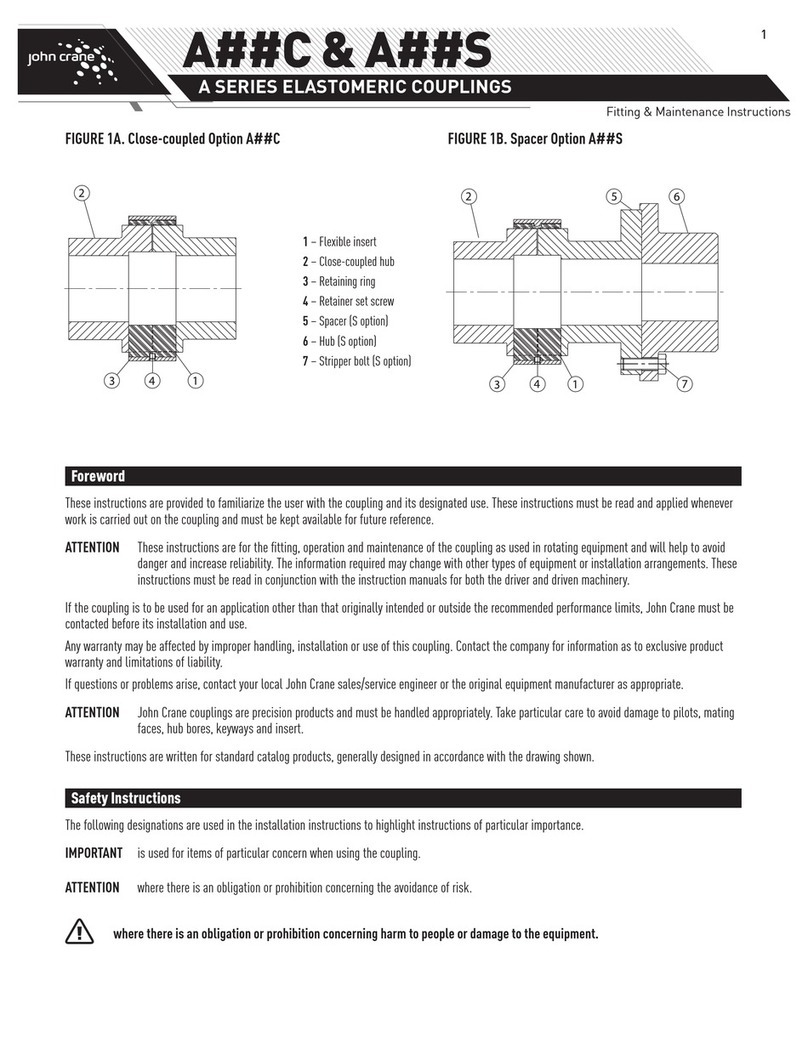
John Crane
John Crane A Series Fitting & Maintenance Instructions
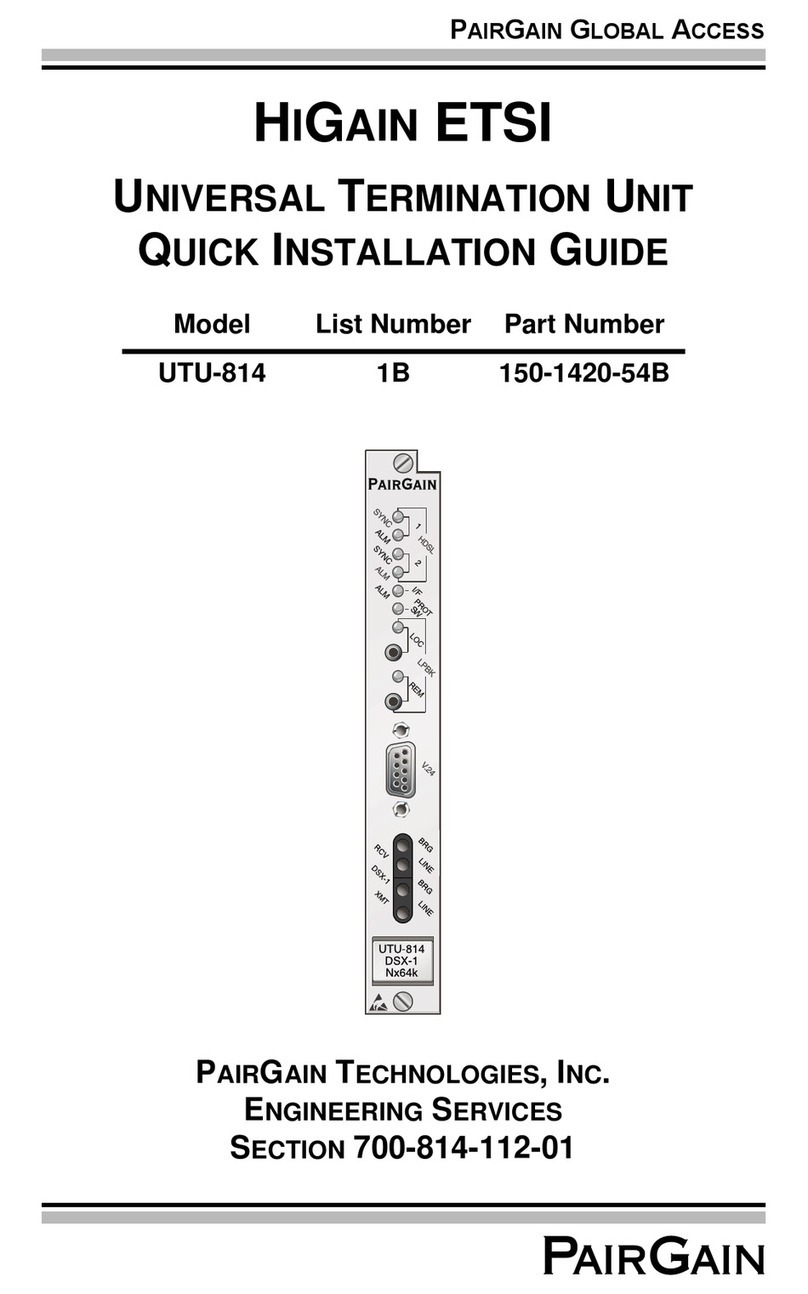
PairGain
PairGain HiGain ETSI UTU-814 Quick installation guide
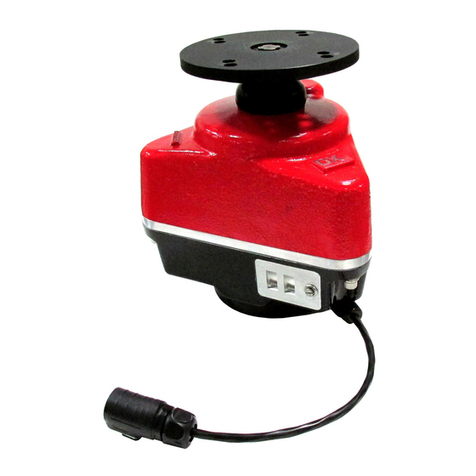
DX Engineering
DX Engineering DXE-RT-4500HD unpacking instructions
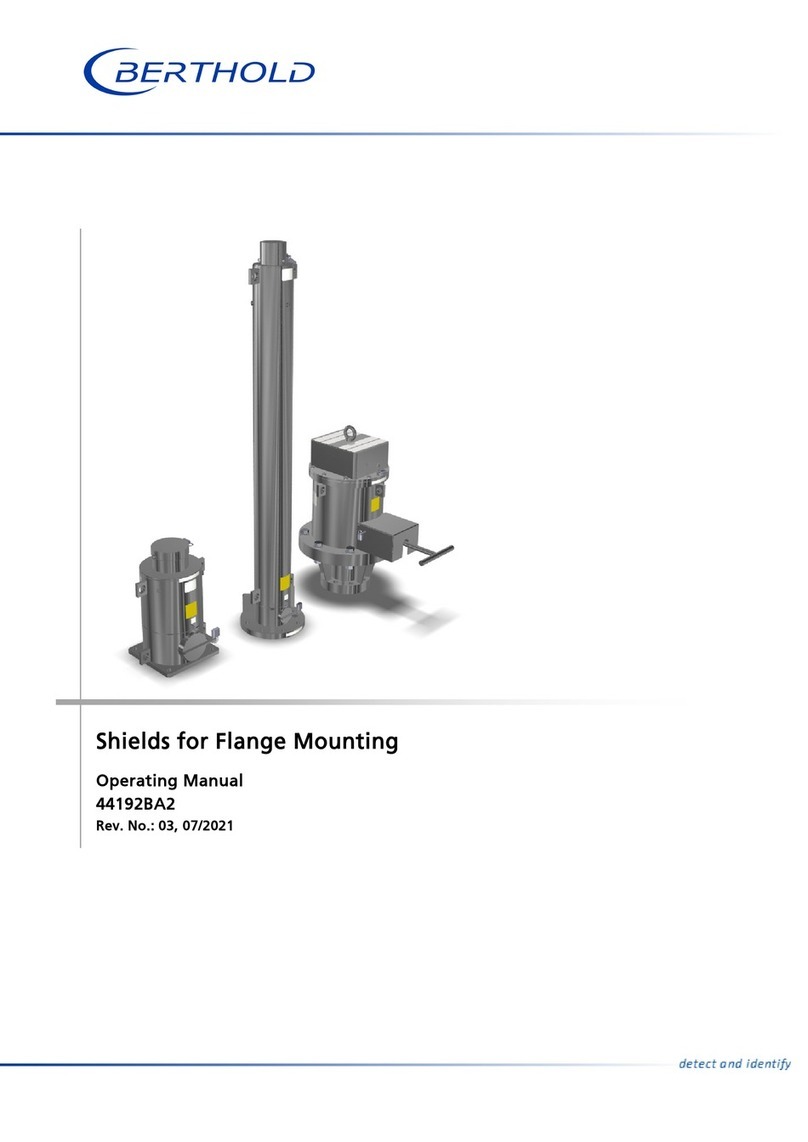
Berthold
Berthold 40876-01 operating manual
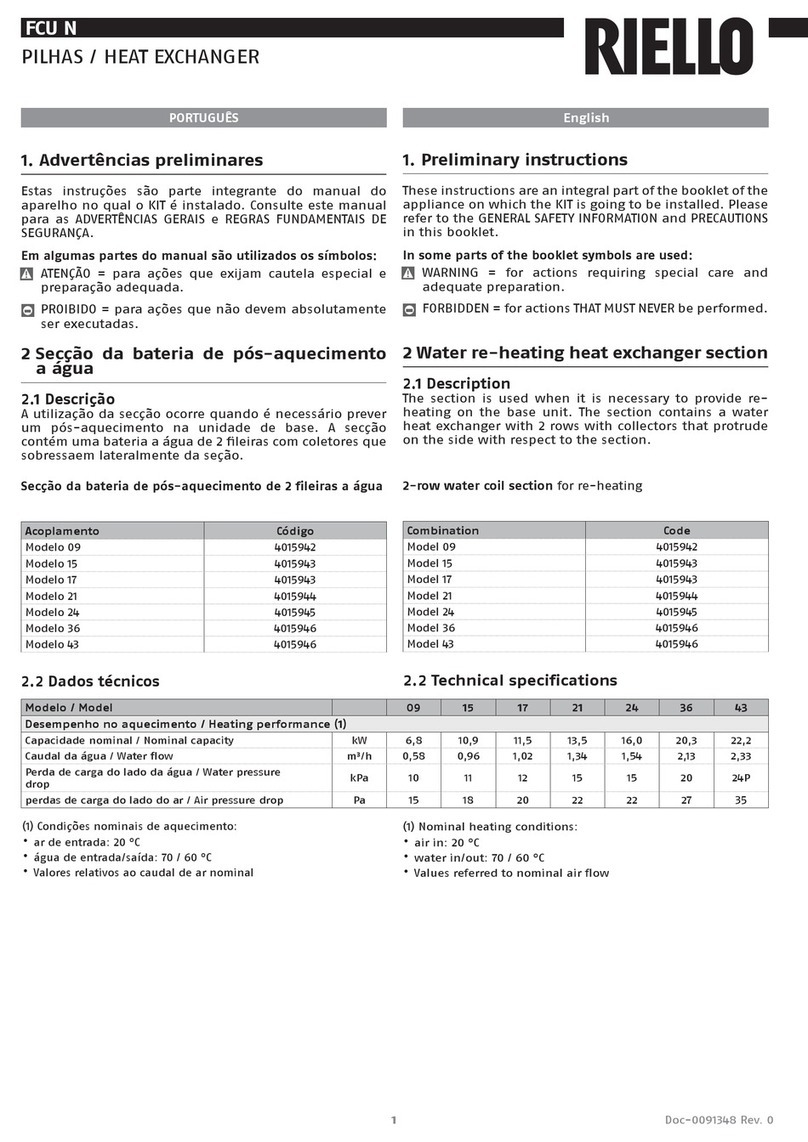
Riello
Riello FCU 09 N manual
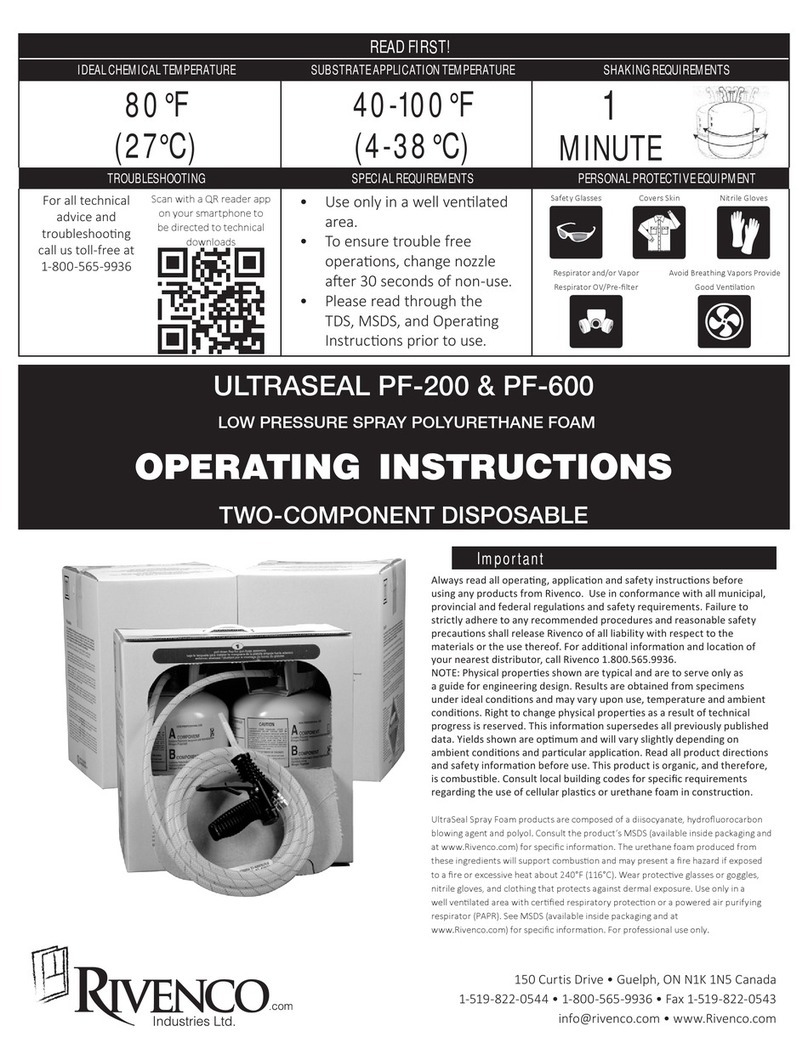
Rivenco
Rivenco Ultraseal PF-200 operating instructions


